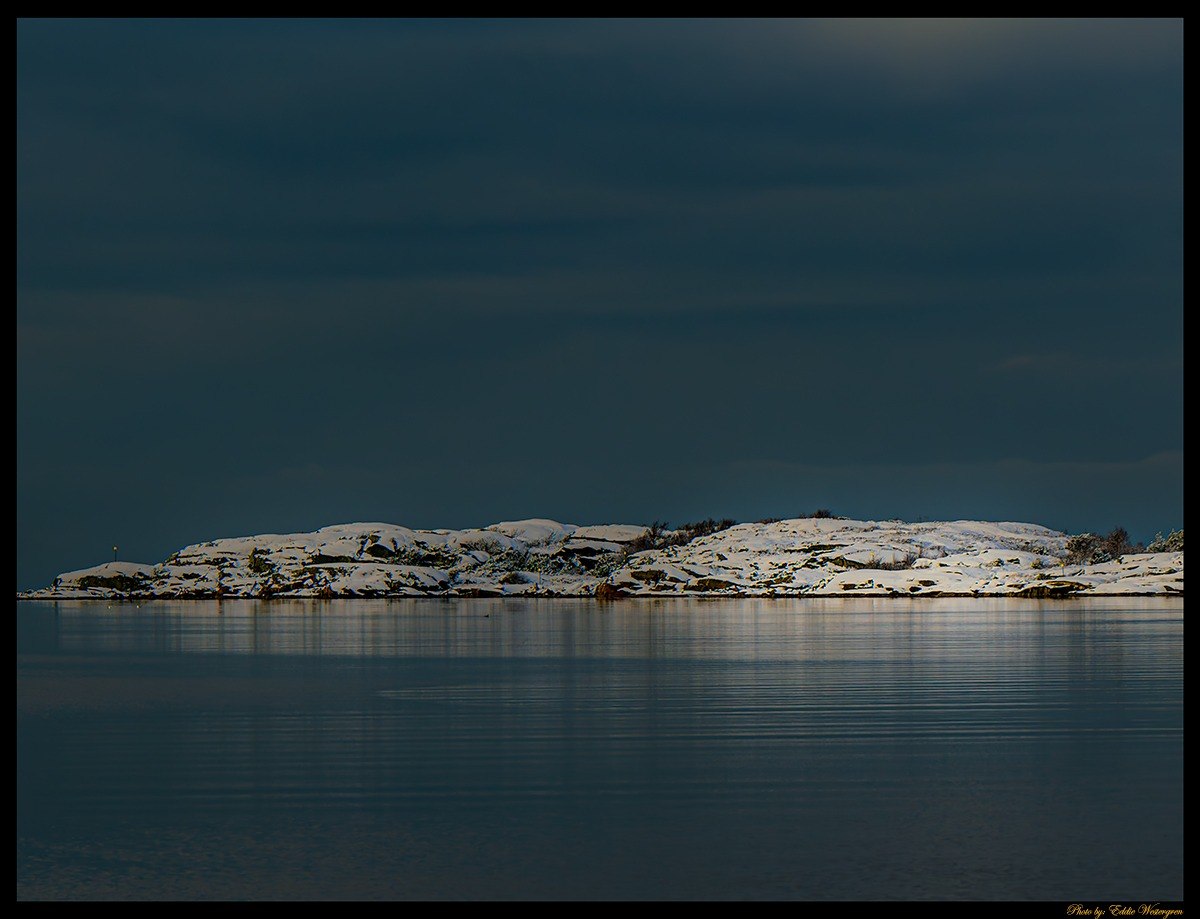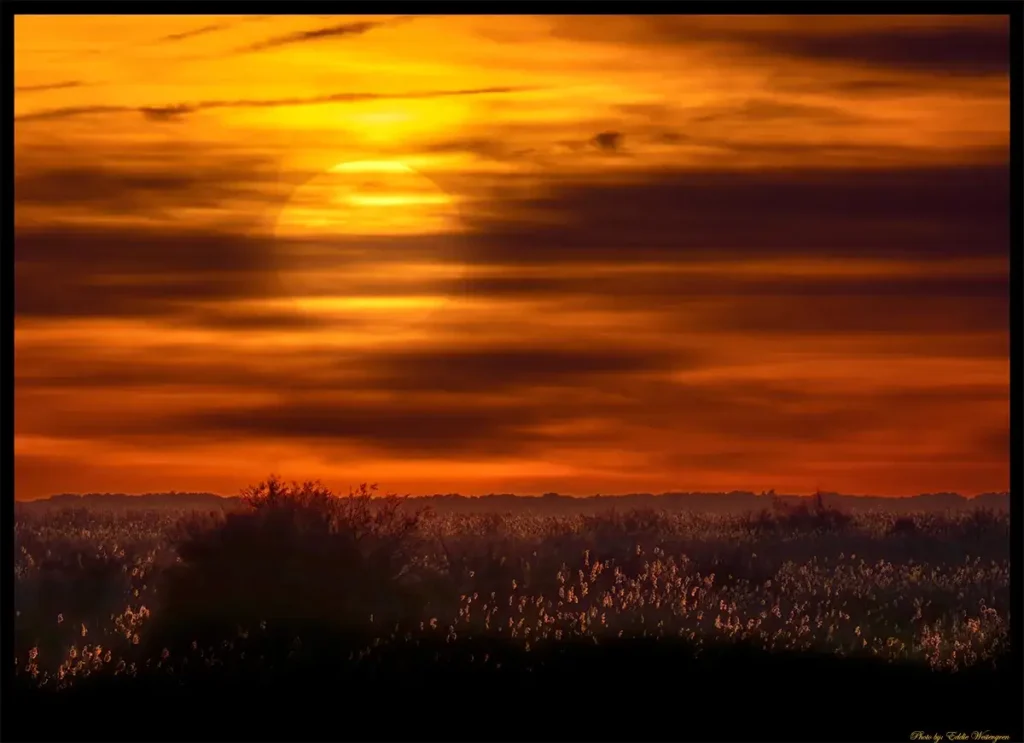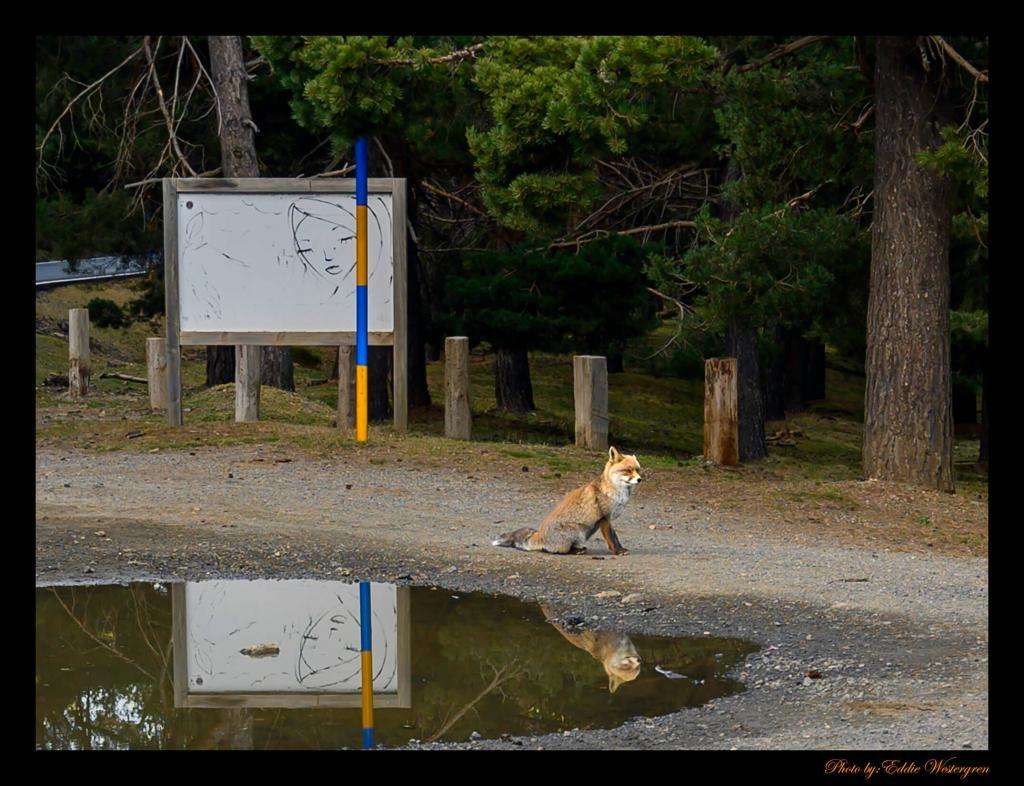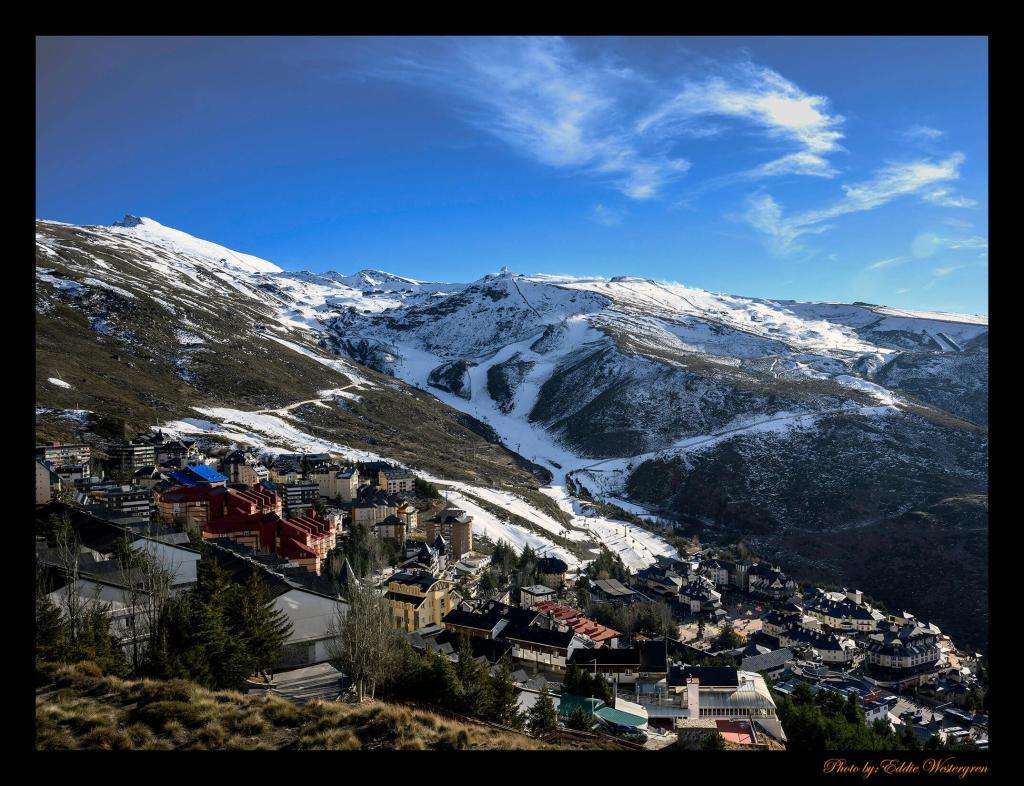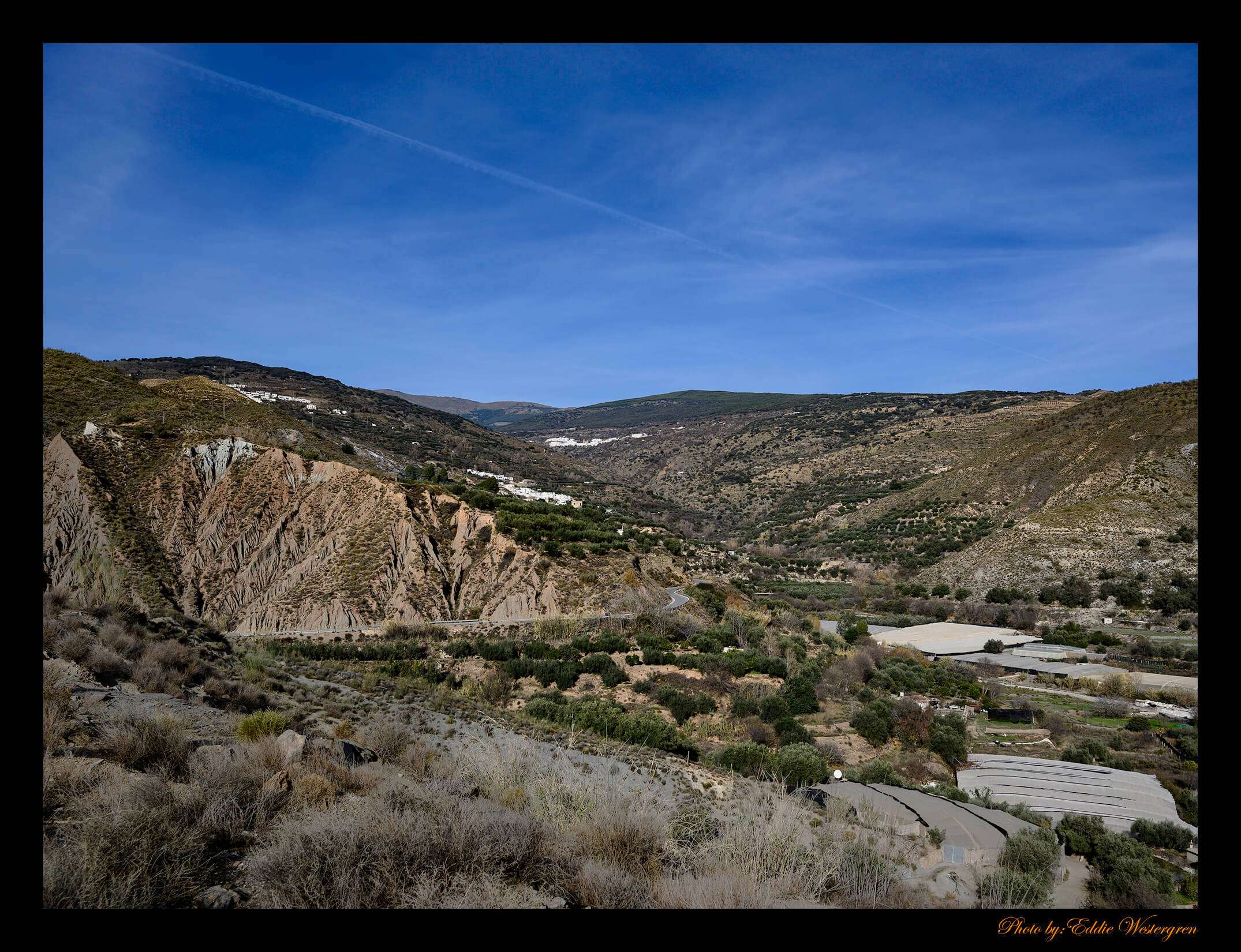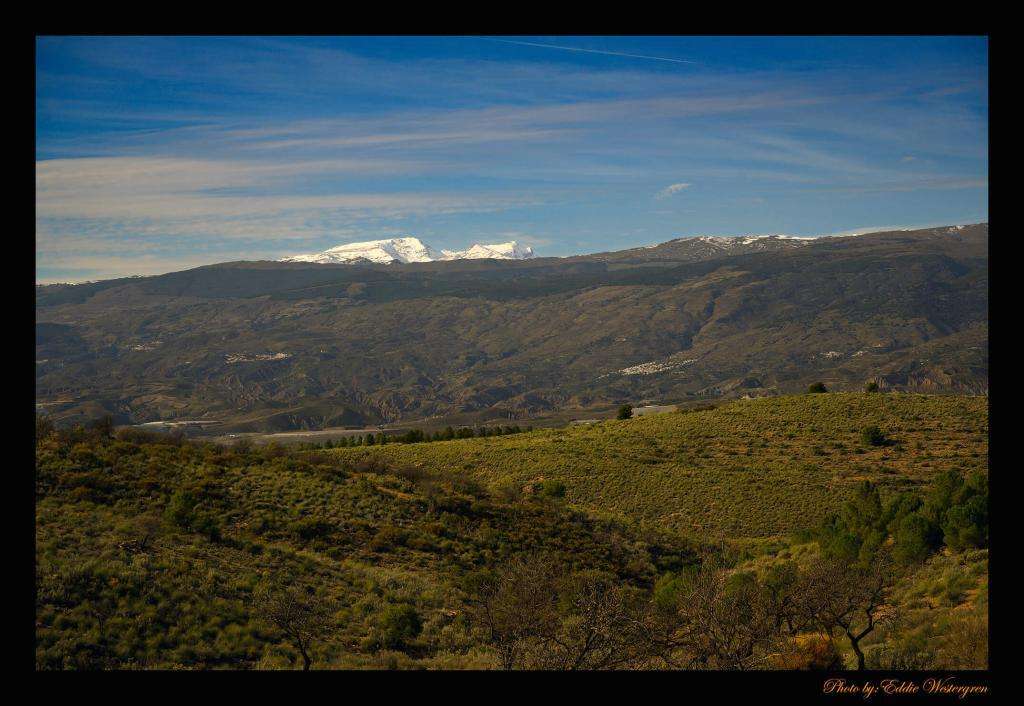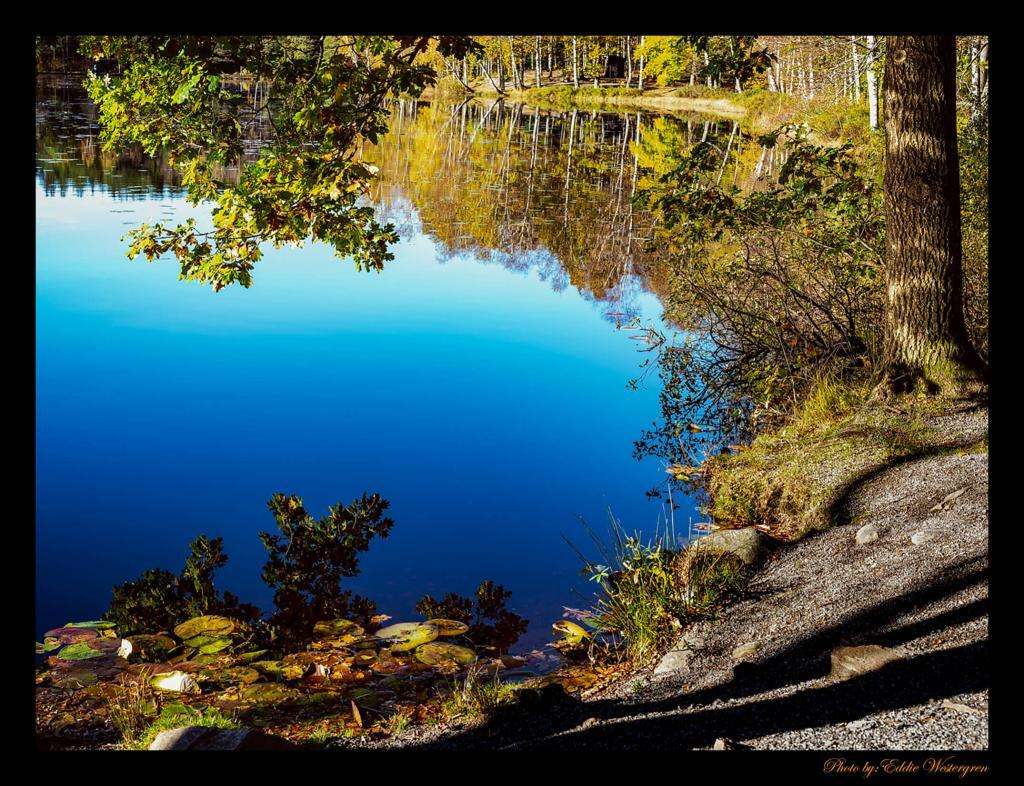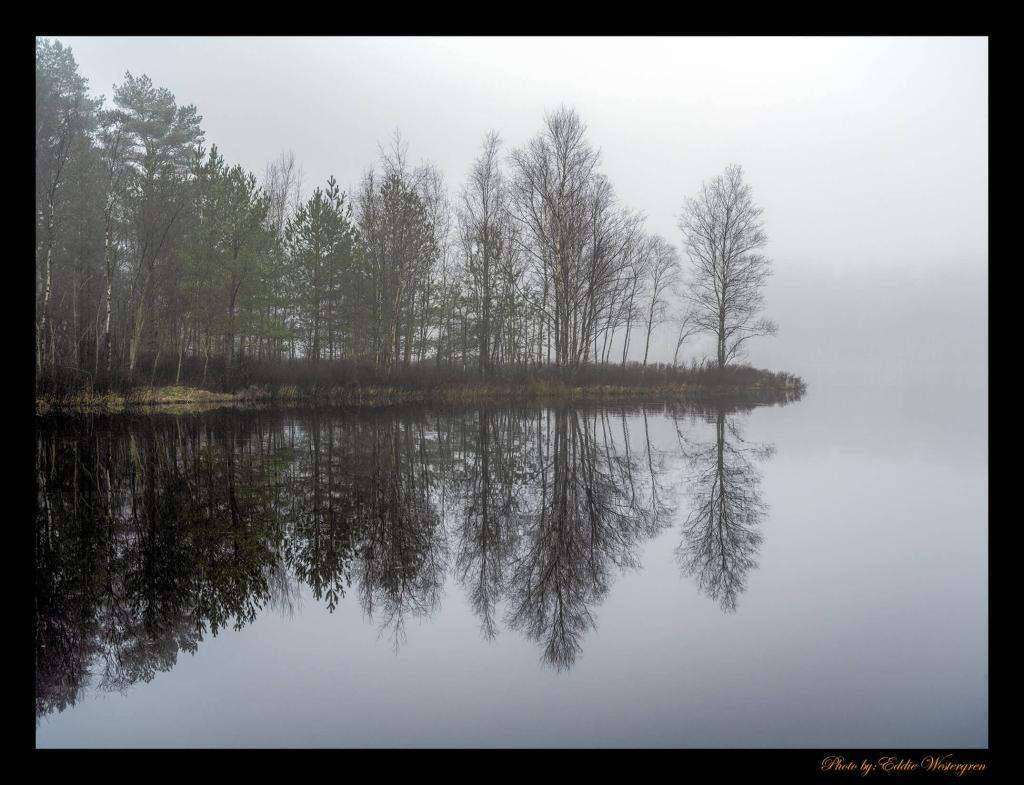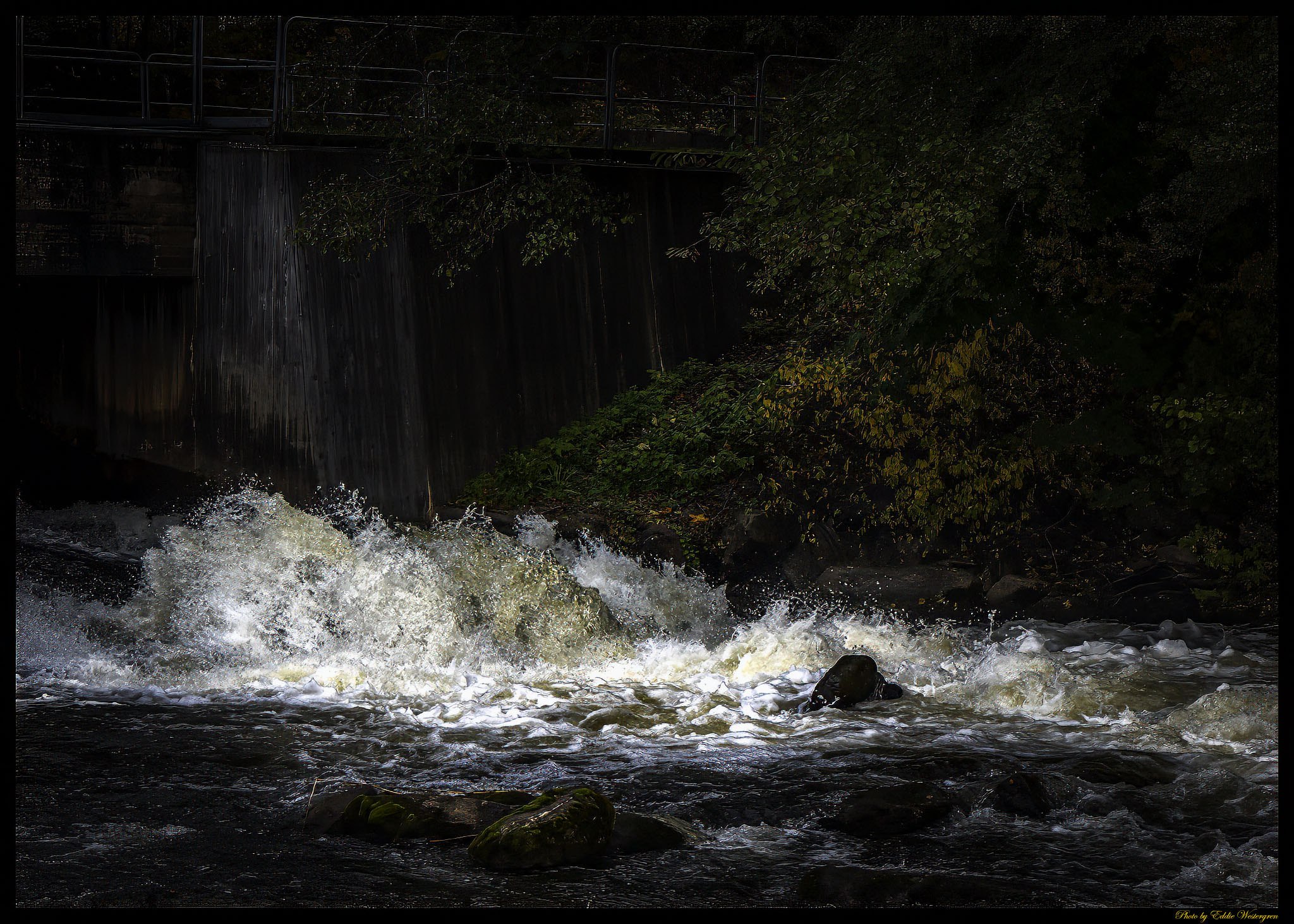
The river roared
with an untamed energy, carving its path through the landscape with relentless force. Its waters surged over rocks and fallen logs, tumbling in a chaotic dance that both mesmerized and intimidated. Every splash, every crash echoed like nature’s own percussion, a symphony of raw power and wild beauty. The river was alive, pulsing with energy, a living reminder of the strength and unpredictability of the natural world.
On its banks, moss-covered stones glistened with moisture, and tall trees swayed gently as if bowing to the river’s might. The air was thick with mist, carrying the scent of wet earth and the faint tang of freshwater. Occasionally, the sun broke through the canopy above, scattering light across the churning waves, making the surface shimmer like liquid silver. Each ripple, each frothing swirl, told a story of centuries of flow, of storms weathered and lands shaped.
The roar of the river
was more than just a sound; it was a presence. It demanded attention, urging anyone nearby to pause and marvel at its power. Birds darted above the surface, their wings slicing through the spray, while fish leapt in daring arcs, momentarily defying the torrent. The river was both a giver and a taker—nourishing the land around it while reminding all who approached that nature cannot be tamed.
Walking along its banks, one could not help but feel a mixture of awe and humility. The rushing water mirrored the pulse of life itself, unstoppable, unpredictable, and yet profoundly beautiful. In the quiet moments between crashes, the river seemed almost contemplative, as though reflecting on its journey from distant mountains to wherever its course might lead.
As dusk approached,
shadows stretched over the rippling surface, and the roar softened into a rhythmic murmur. The river, unyielding and eternal, continued on its path, a symbol of power, resilience, and the enduring beauty of the natural world.
